Charles Raude
A Tale of Two Languages: Large-Vocabulary Continuous Sign Language Recognition from Spoken Language Supervision
May 16, 2024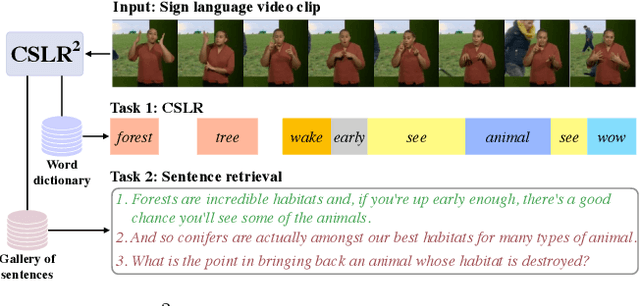

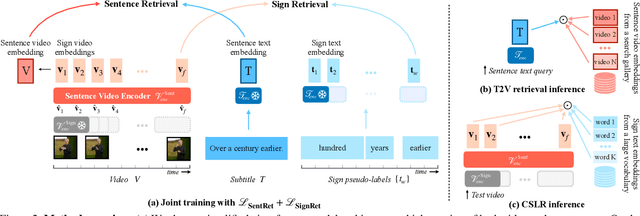

Abstract:In this work, our goals are two fold: large-vocabulary continuous sign language recognition (CSLR), and sign language retrieval. To this end, we introduce a multi-task Transformer model, CSLR2, that is able to ingest a signing sequence and output in a joint embedding space between signed language and spoken language text. To enable CSLR evaluation in the large-vocabulary setting, we introduce new dataset annotations that have been manually collected. These provide continuous sign-level annotations for six hours of test videos, and will be made publicly available. We demonstrate that by a careful choice of loss functions, training the model for both the CSLR and retrieval tasks is mutually beneficial in terms of performance -- retrieval improves CSLR performance by providing context, while CSLR improves retrieval with more fine-grained supervision. We further show the benefits of leveraging weak and noisy supervision from large-vocabulary datasets such as BOBSL, namely sign-level pseudo-labels, and English subtitles. Our model significantly outperforms the previous state of the art on both tasks.
OpenStreetView-5M: The Many Roads to Global Visual Geolocation
Apr 29, 2024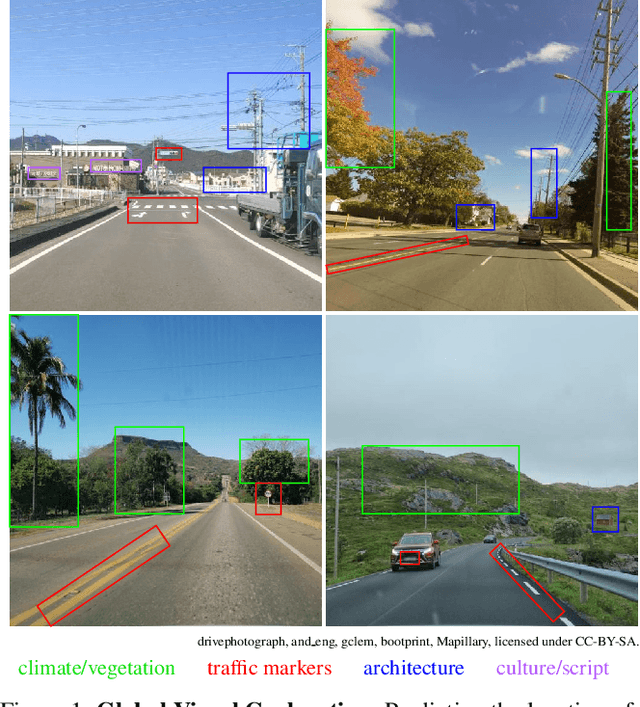
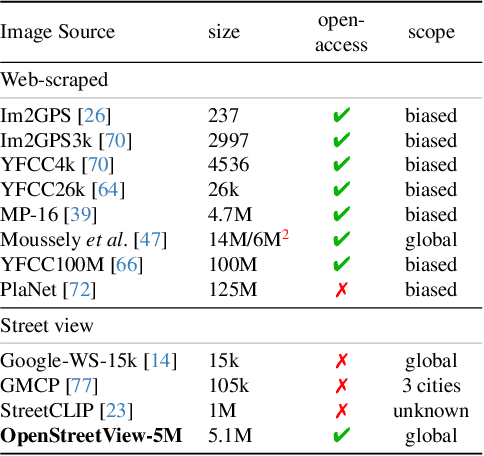
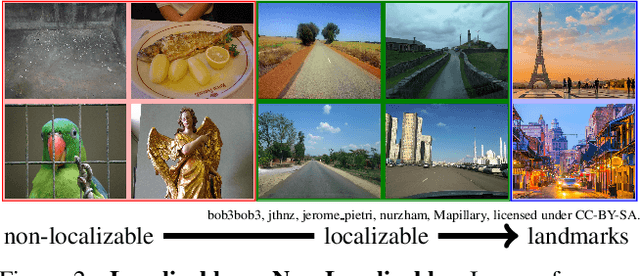

Abstract:Determining the location of an image anywhere on Earth is a complex visual task, which makes it particularly relevant for evaluating computer vision algorithms. Yet, the absence of standard, large-scale, open-access datasets with reliably localizable images has limited its potential. To address this issue, we introduce OpenStreetView-5M, a large-scale, open-access dataset comprising over 5.1 million geo-referenced street view images, covering 225 countries and territories. In contrast to existing benchmarks, we enforce a strict train/test separation, allowing us to evaluate the relevance of learned geographical features beyond mere memorization. To demonstrate the utility of our dataset, we conduct an extensive benchmark of various state-of-the-art image encoders, spatial representations, and training strategies. All associated codes and models can be found at https://github.com/gastruc/osv5m.
 Add to Chrome
Add to Chrome Add to Firefox
Add to Firefox Add to Edge
Add to Edge